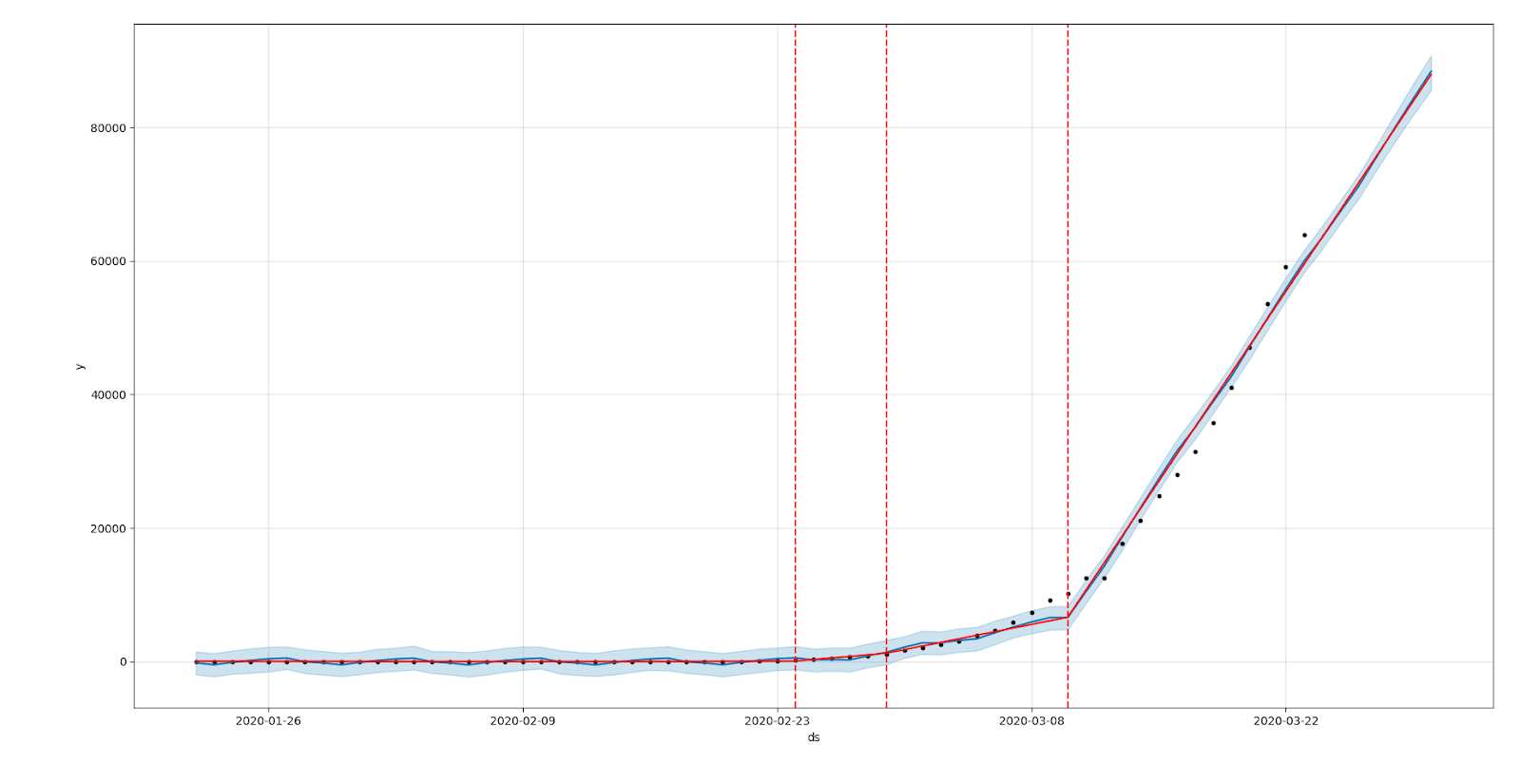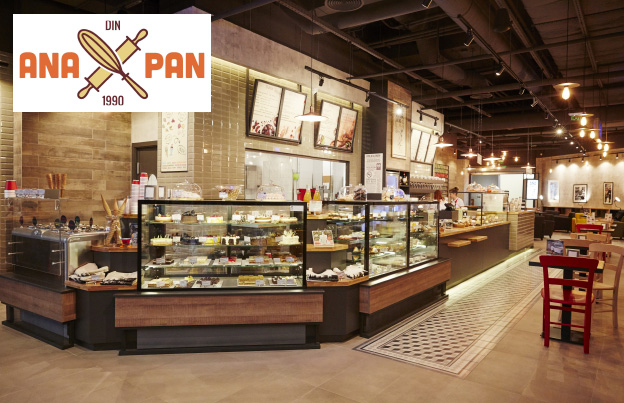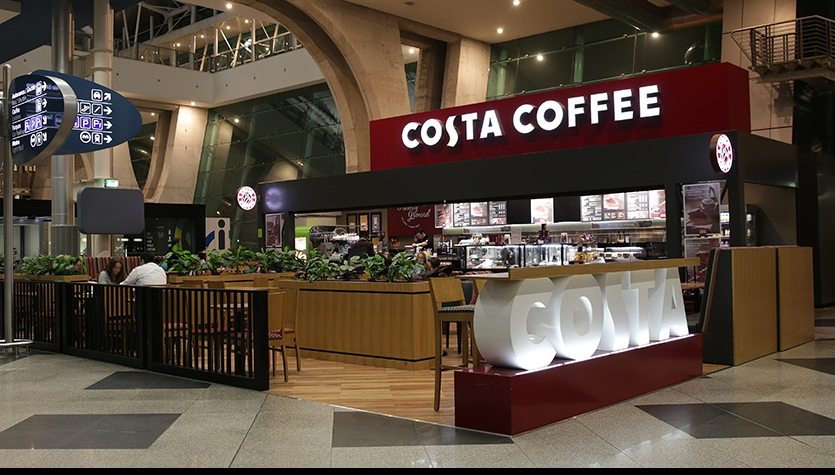Automation of most business processes is now the norm across major industries. Mountains of data are being created and collected for further analysis daily, uncovering hidden trends, correlations and opportunities. Users are discovering new horizons of data analytics, and one of the most exciting applications is predictive analytics.
The benefits are of course quite obvious: Any company, organization or individual can now make complex decisions based on reliable predictions, for a minute from now or years down the road. Being able to foresee coming trends and events, to either capitalize on or avoid, can save you money, earn you money and give you a sizable competitive advantage.
And the business world has taken notice: A 2018 Zion Market Research report indicates that the global predictive analytics market was valued at around USD 3.49 billion in 2016 and is predicted to reach about USD 10.95 billion by 2022, with a CAGR growth rate of around 21% between 2016 and 2022.
So, what are some real-world applications of predictive analytics? Well how about catching fraud before it happens, reducing overstock or even saving lives; possibilities are virtually endless. Let’s look at a few industries at the forefront of prediction usage and then how Dyntell Bi helps clients get the most out of their business forecasting.
Healthcare
Vast amounts of data are generated by healthcare systems. And this data obviously has a real impact on people’s lives (think patient history, medications, lab results, insurance claims, etc.). As this sector continues to grow, so too does the need for accurate analysis and prediction. Applications include predicting which patients are at higher risk for disease, who needs more urgent care and how to allocate resources accordingly.
BI is a game changer for many industries, yet healthcare is one arena where predictive powers make a profound difference. We need only think about the current COVID-19 pandemic to understand the implications of healthcare prediction models. Could more advanced forecasting have been used to minimize the virus’s global impact?
Using the Prophet forecasting procedure we’ve detected changepoints in the time series of coronavirus cases in different countries. We have run the change detection algorithm with a low flexibility, in order to find the most important turning points in the time series. Beyond finding and understanding historical changepoints, the fitted models can be used to make future forecasts.
We found 3 changepoints in Italy, for example: The first two show small increases in the days following quarantine of over 50,000 people in northern Italy. There was a surge in confirmed cases on March 10th, even though all sports were simultaneously suspended nationwide. It seems that even those serious government interventions were inadequate at containing the virus. Or were they just too late?

Changepoints and forecasts of confirmed cases in Italy for 7 day period
(Our time series were created using TimeNet.cloud)
Retail
Imagine being able to know which products your customers are likely to buy in advance. Or how about the highest price they are willing to pay for your goods or services? Now you can. Brick and mortar retail operations are using prediction to forecast inventory needs, organize shipping schedules and configure store layouts to maximize sales. They can also improve personalized marketing strategies, reduce customer acquisition costs and identify high value, repeat buyers.
E-commerce applications are similar with obvious differences, like analyzing historical browsing behavior to target individual preferences, for instance.
Law Enforcement
It’s no surprise that law enforcement takes full advantage of predictive analytics to anticipate criminal activity. ‘Predictive Policing’ has shown real promise in reducing crime. For instance, Richmond, Virginia’s police department tried to forecast where gun fire might occur on New Year’s Eve 2003. By adapting their patrols around the predictions gunfire decreased by 47% and 246% more weapons were seized. The department also saved $15,000 in costs (Pearsall, 2010 Pearsall, B. (2010). Predictive policing: The future of law enforcement. National Institute of Justice Journal, 266(1), 16–19. [Google Scholar] , p. 17).
This application of predictive analytics is possibly the best to highlight potential drawbacks and/or pitfalls. Predictive analytics is not a magic wand or a cure-all. Models used in predictive policing, for example, could remove context and skew perceptions of society, or lead to discriminatory practices. Many variables need to be taken into account.
Predictions are just that, forecasting things that might occur. Yes, we have reason to believe they will, based on solid (hopefully) evidence or data. That doesn’t mean they are in fact going to happen. And predictions are rarely 100% accurate. They need to be set up, tested, refined and even still require a bit of faith.
Insurance
There are numerous ways insurance companies use forecasting but fraud detection and prevention are what we’ll focus on here. Fraudsters can be extremely creative in their methods of staging accidents or falsifying information. By tracking suspicious claims based on location, time, history and other factors, providers can use data to identify likely suspects. This data can then be applied to future claims to find anomalies and perform further investigation.
These are but a few of the major industries taking full advantage of predictive analytics. Companies and organizations, both big and small, all over the globe are adopting these technologies at a rapid pace. Here at Dyntell, we’re helping numerous international clients envision their business futures with ever-increasing accuracy.
Dyntell Bi: prediction with power
In the past, there were two distinct ways to produce time series predictions: The first used “classical algorithms” (ARIMA, Moving Average and Logistic Regressions). These functions didn’t need much data to generate predictions, but their forecasts weren’t quite as accurate as we’d hoped.
The second method, relying on “deep learning” algorithms, focused on very large datasets (millions or billions of data points) yet created more accurate predictions. While both methods have merit, Dyntell’s researchers believe that using just one produces dangerously incomplete predictions. Since business datasets tend to be small, but managers require laser accuracy, Dyntell Bi integrates both methodologies; the Ensemble system draws predictions from two servers: one running classical algorithms and one with deep learning. Just as we often seek a “second opinion” in matters of great importance to us, this Dyntell Ensemble system synchronizes two ‘opinions’ for the most accurate prediction. In this way, it predicts more precisely than classical algorithms and requires less data than the deep learning systems. It’s the best of both worlds.
Dyntell Bi Prediction in Action

Ana Pan, one of the largest bakery enterprises in Europe, is using Dyntell’s predictive tools to forecast their sales by shops and drive their manufacturing accordingly.
They are using TimeNet correlating data and Deep Prediction server-clusters to predict the number of products needed to be manufactured and the number of products to be delivered to a given shop. Fully automated predictions are run daily and weekly. The Dyntell Bi system automatically connects the predicted data to Ana Pan’s ERP system, where the forecast goes directly to the production planning and logistic planning modules.

Costa Coffee (a Coca Cola subsidiary) is a UK based cafe chain with more than 3,400 shops globally. They have about 30 locations in Hungary and work with Dyntell Bi to analyze the aggregated data created by these locations. The predictive analysis forecasts future transaction numbers by each individual shop.
This helps Costa manage their human resources effectively, knowing how many employees might be needed in a given shop, for a given week or even day. Dyntell Bi alerts management if a possible unexpected event might happen based on past events. Costa averages 350 transactions per day in Budapest, and 120 transactions per day in other large Hungarian cities.
Costa isn’t using TimeNet, but the algorithm is analyzing the past data patterns, weather data and location, and timing of bigger events. At Costa, Dyntell’s deep prediction can give a forecast with about 90% accuracy. These predictions are run daily and are fully automated.
Prediction has monumental importance in the food industry because of product expiration dates. If you can predict just a 1% increase in sales then you can decrease the amount of waste, and an improvement of only 1% can mean thousands of dollars in savings a week.

